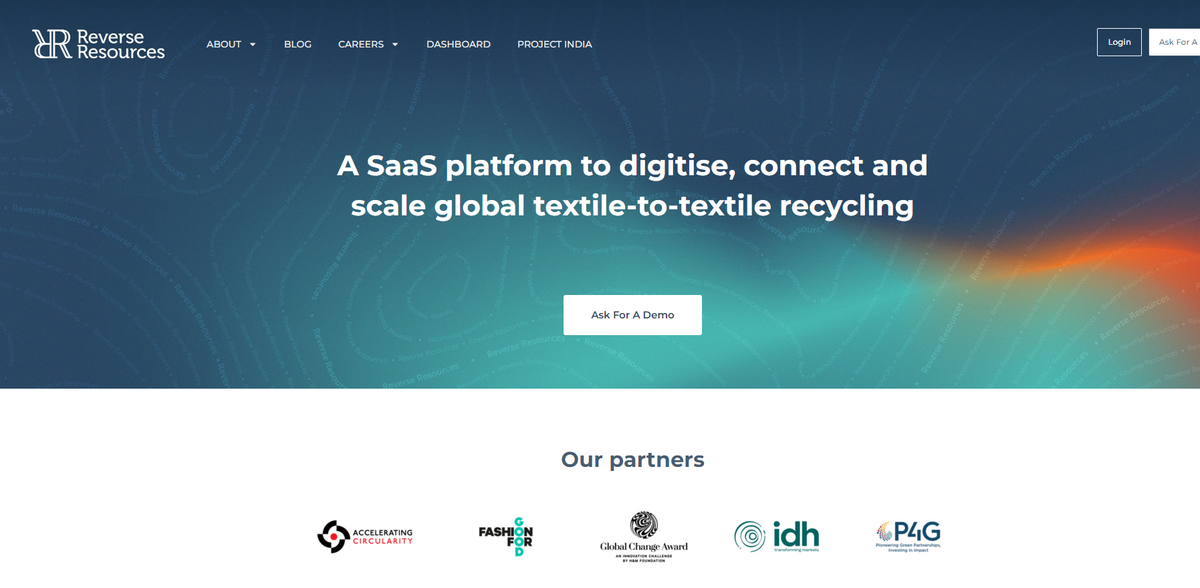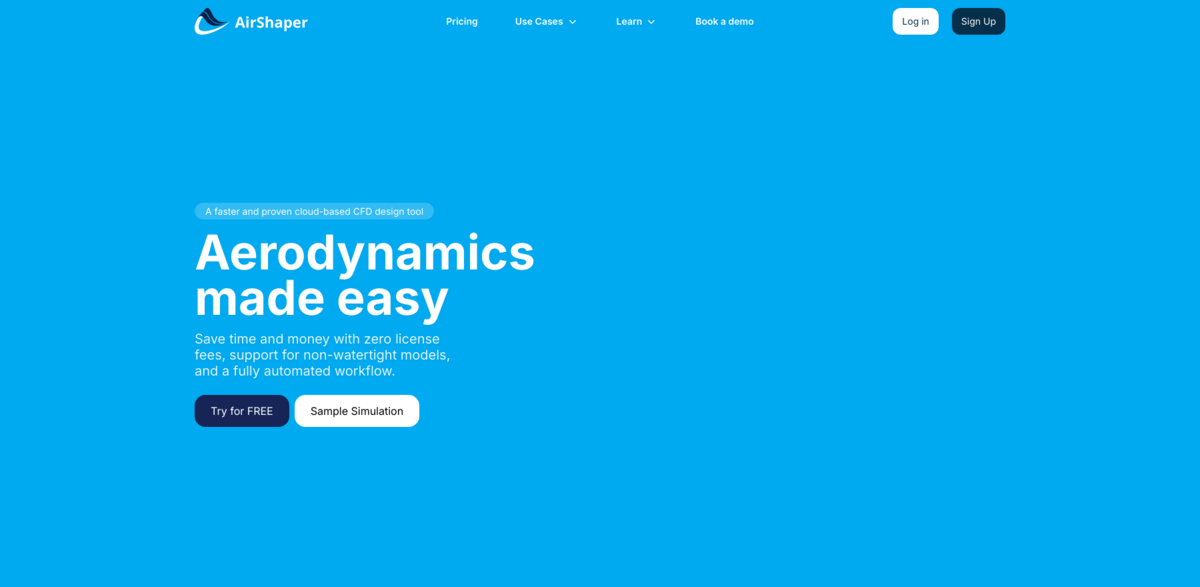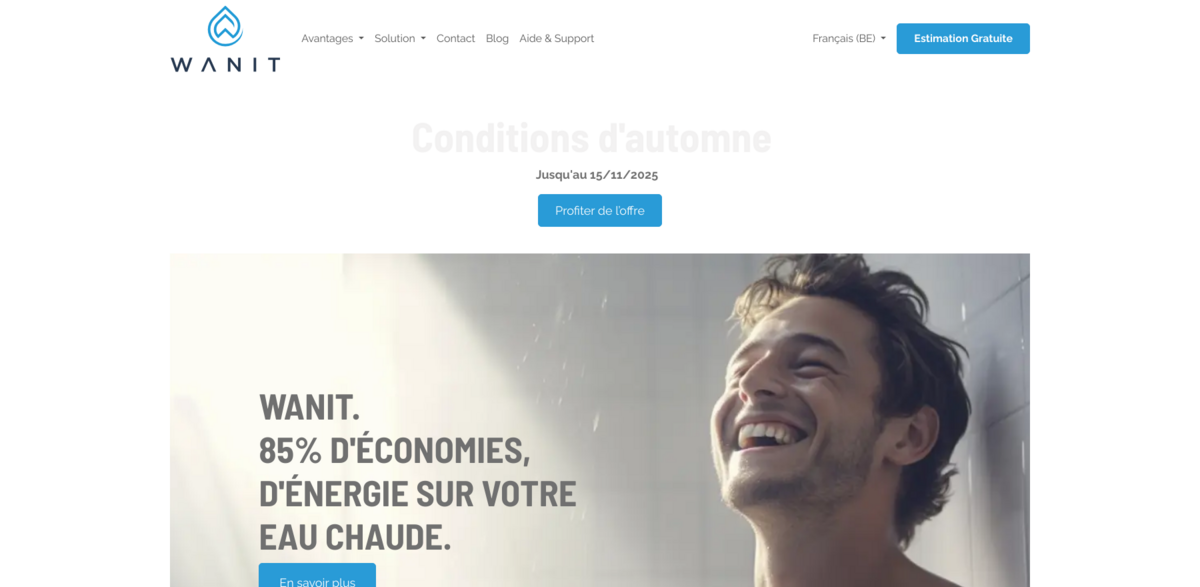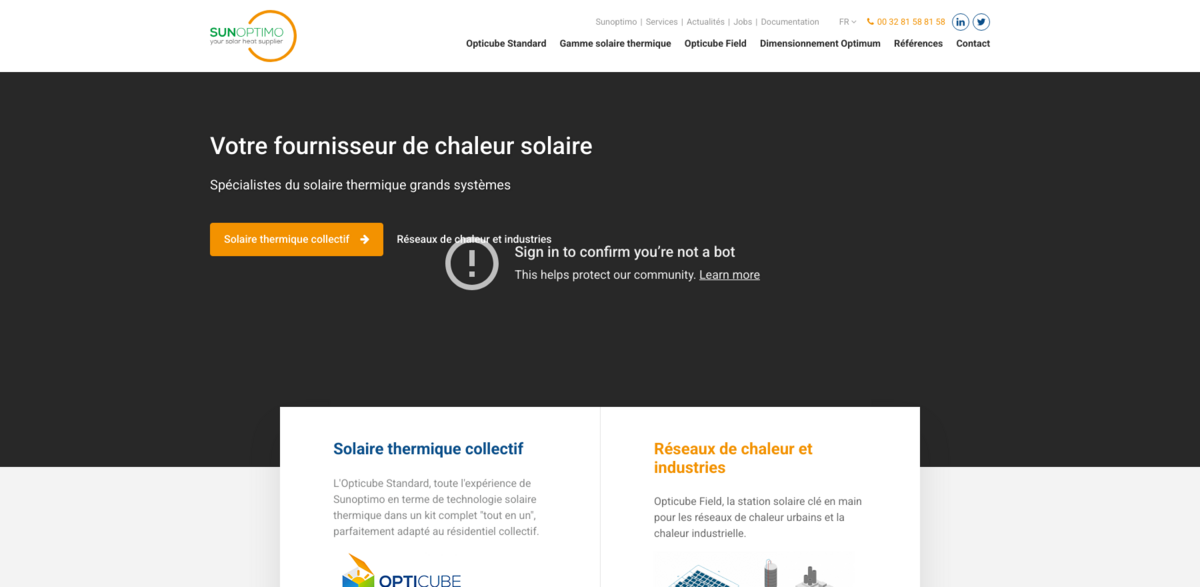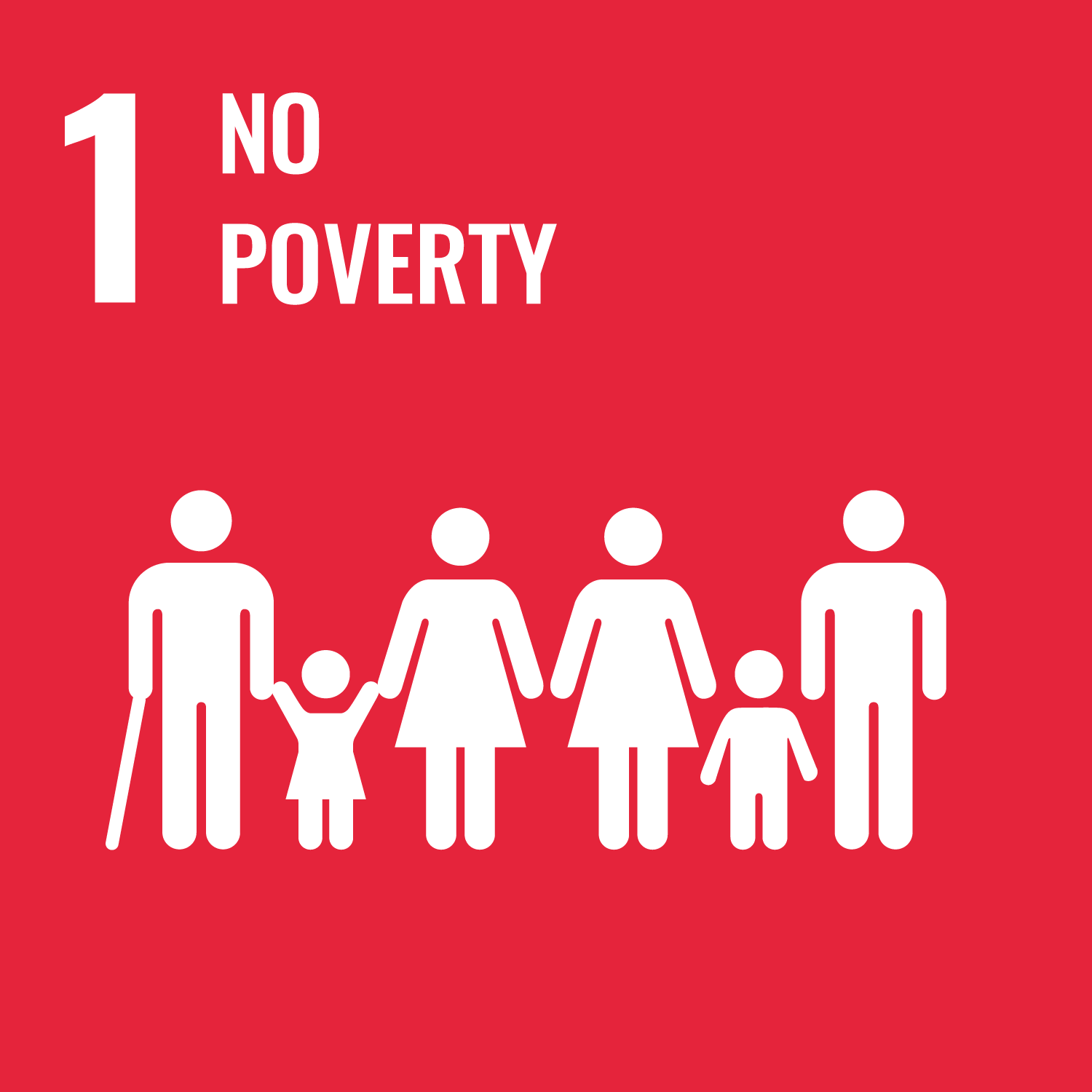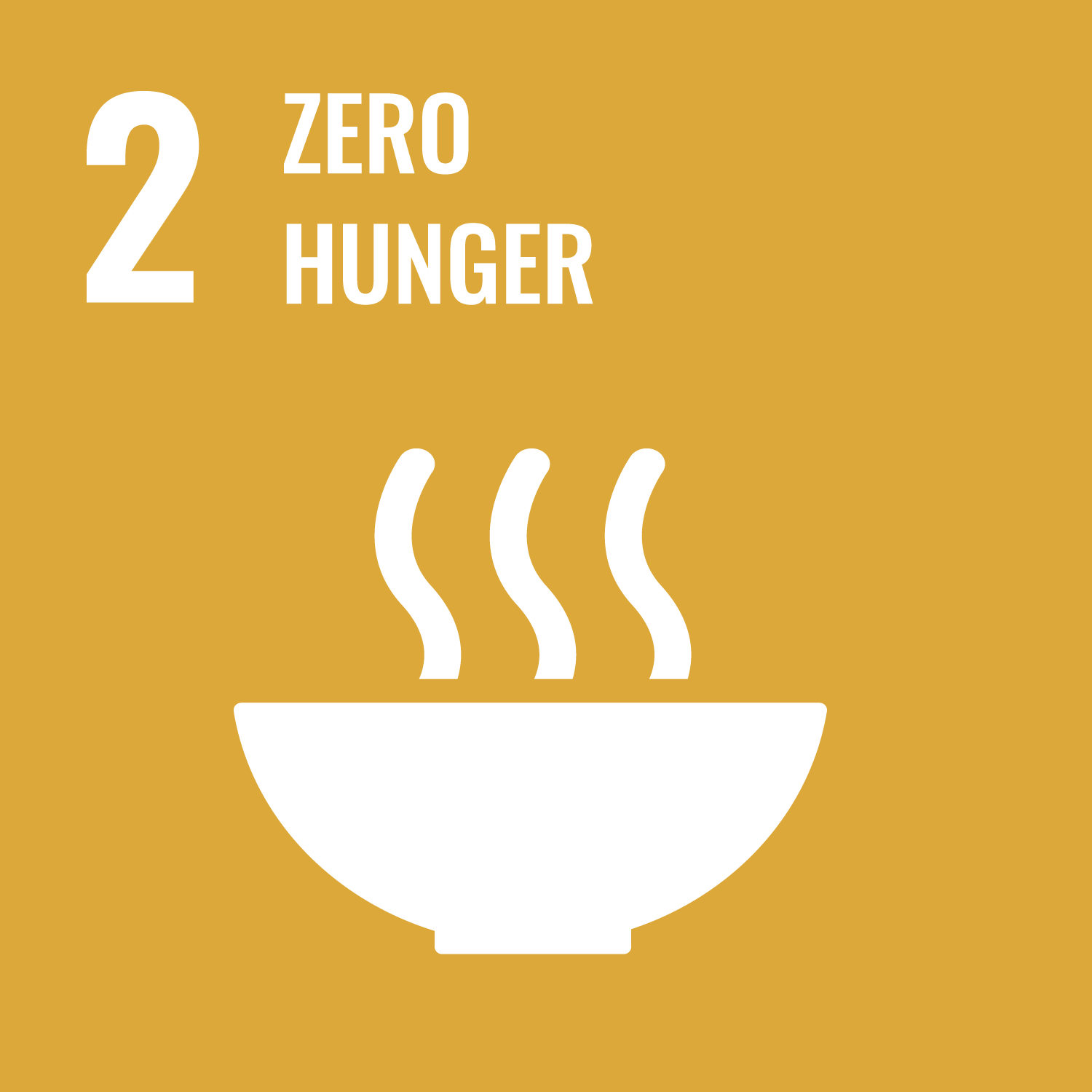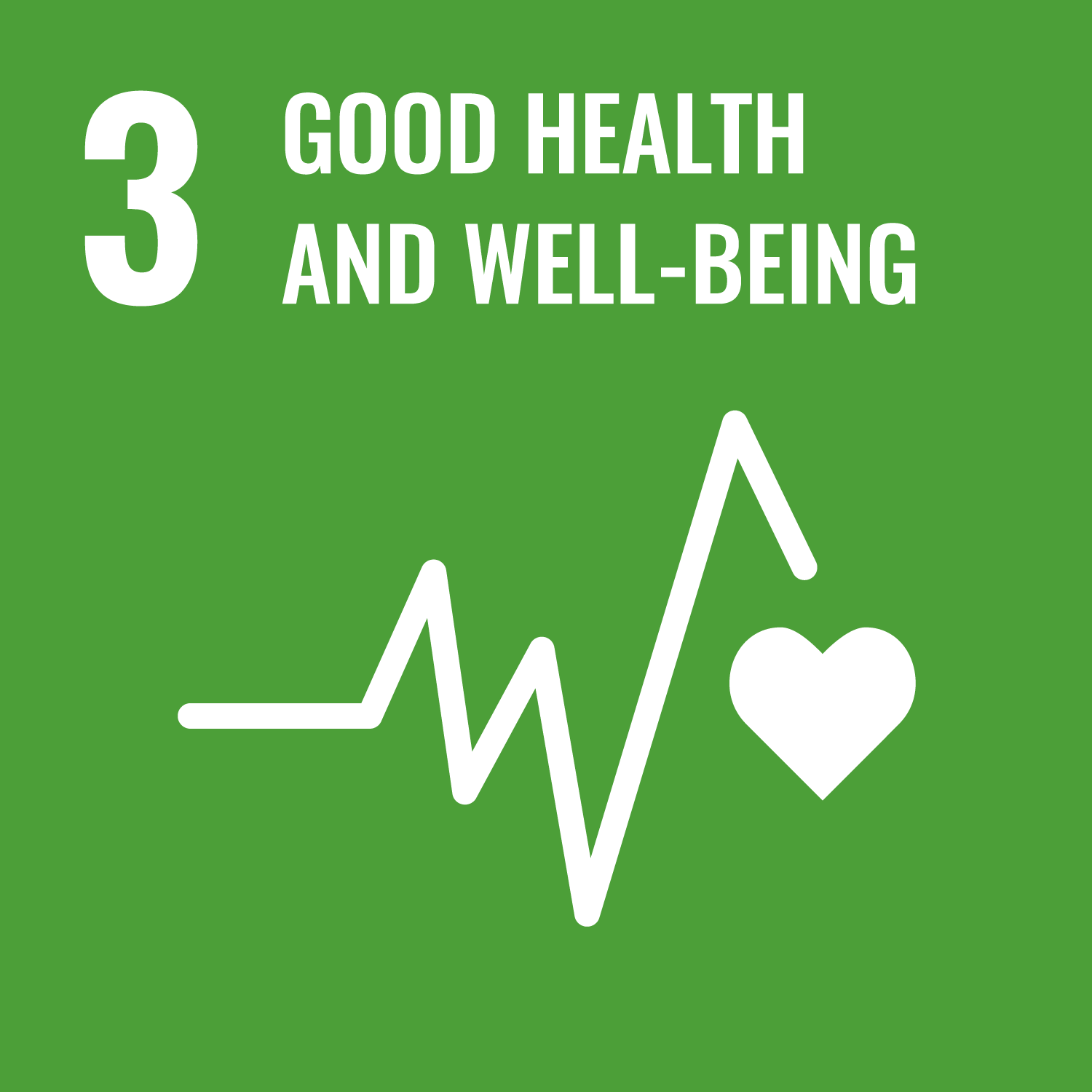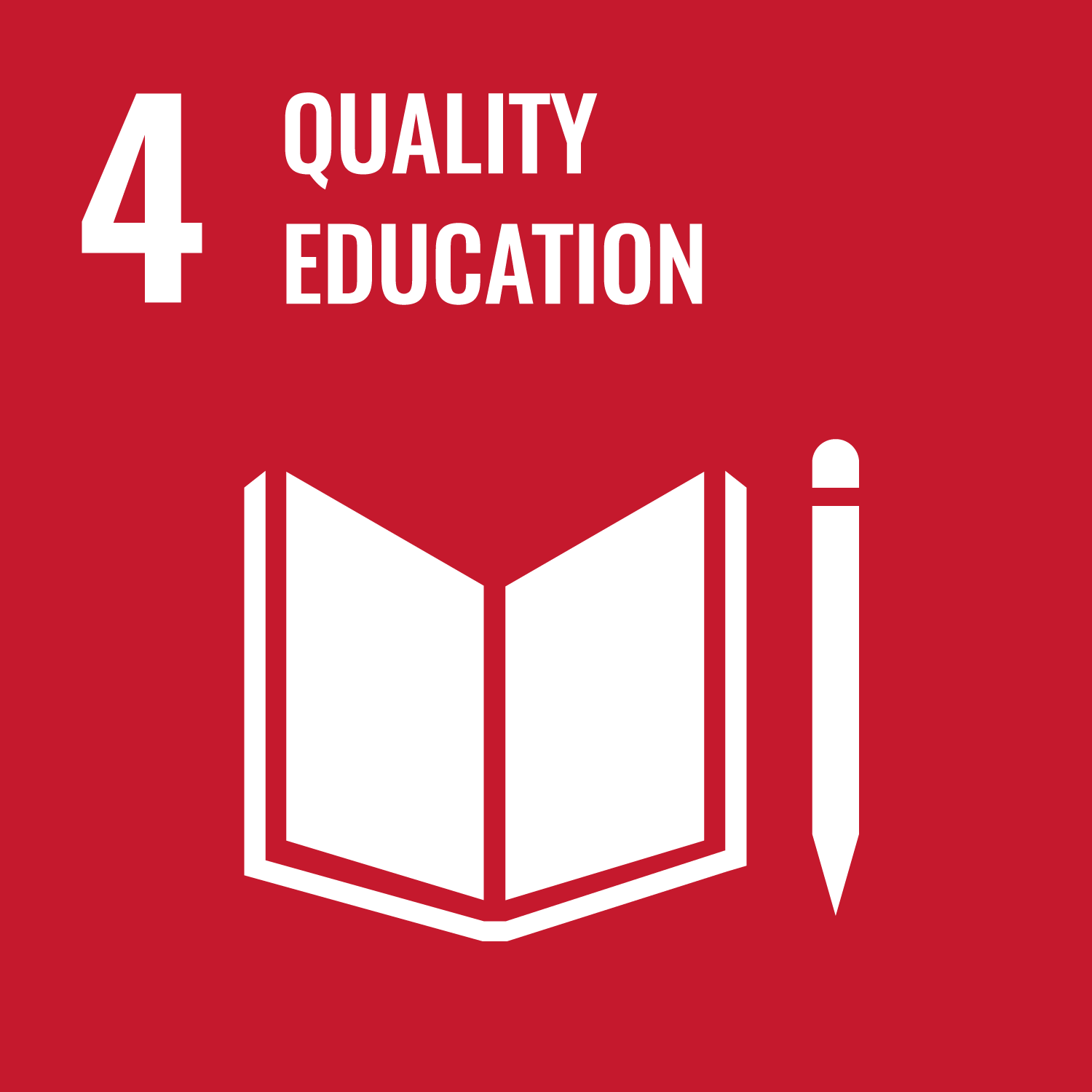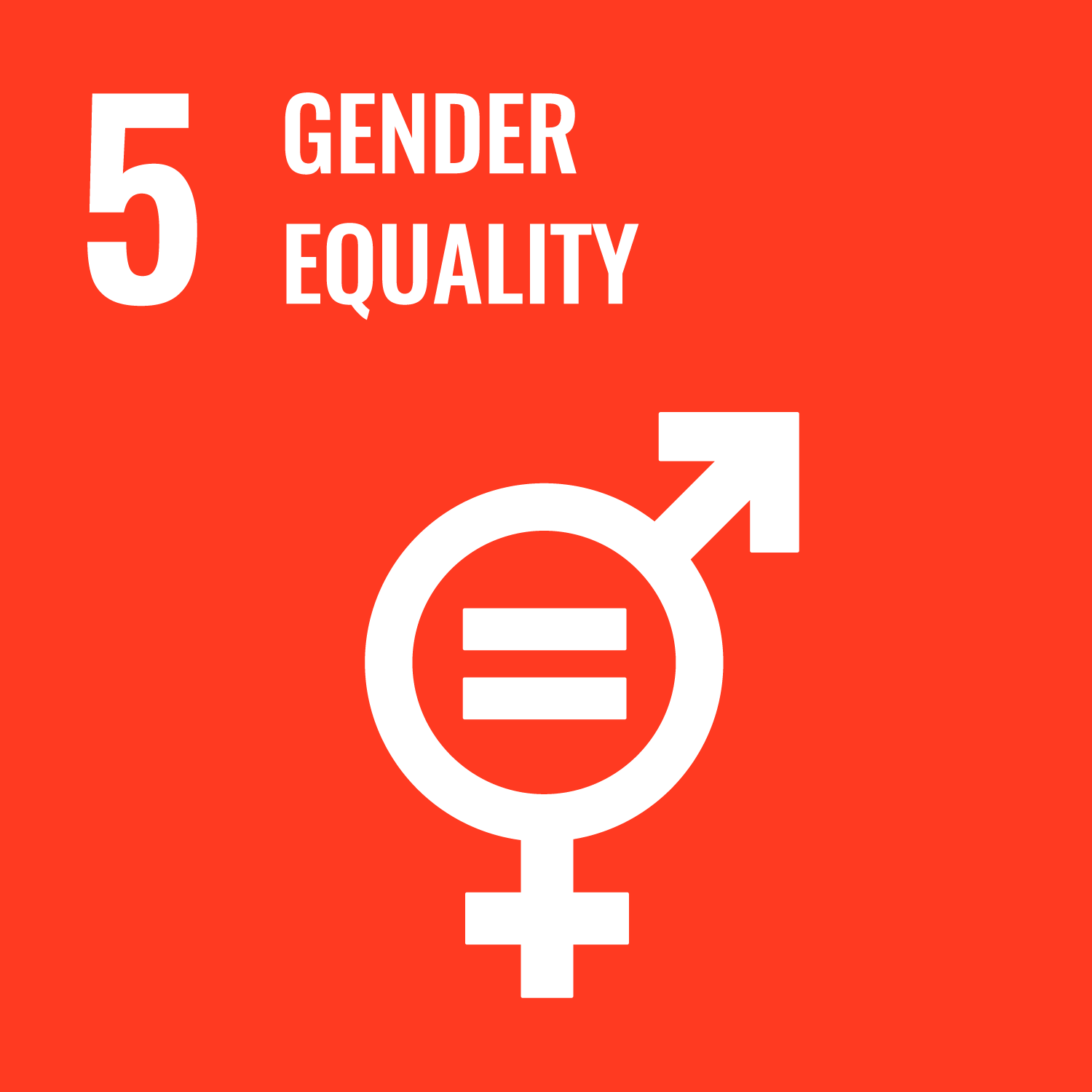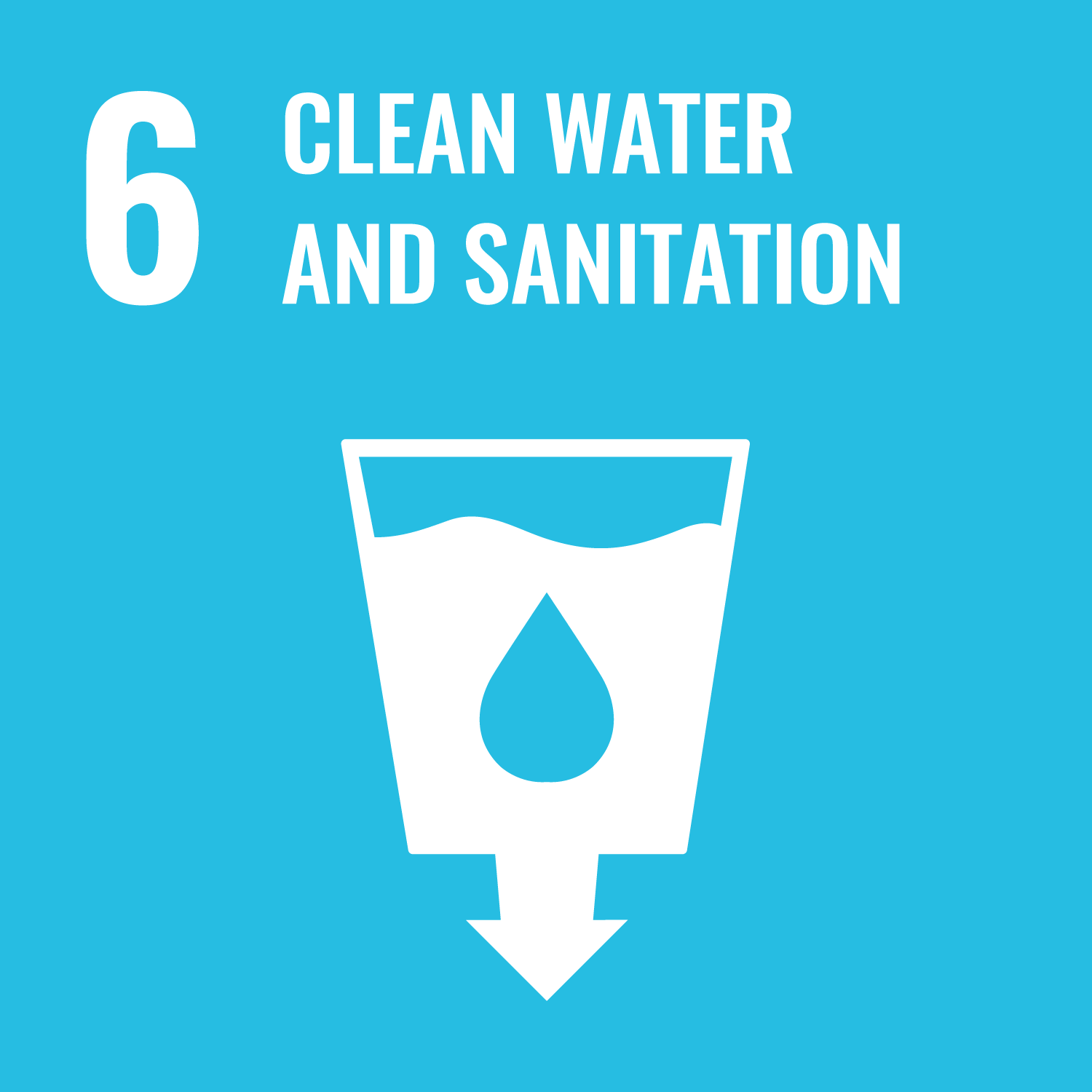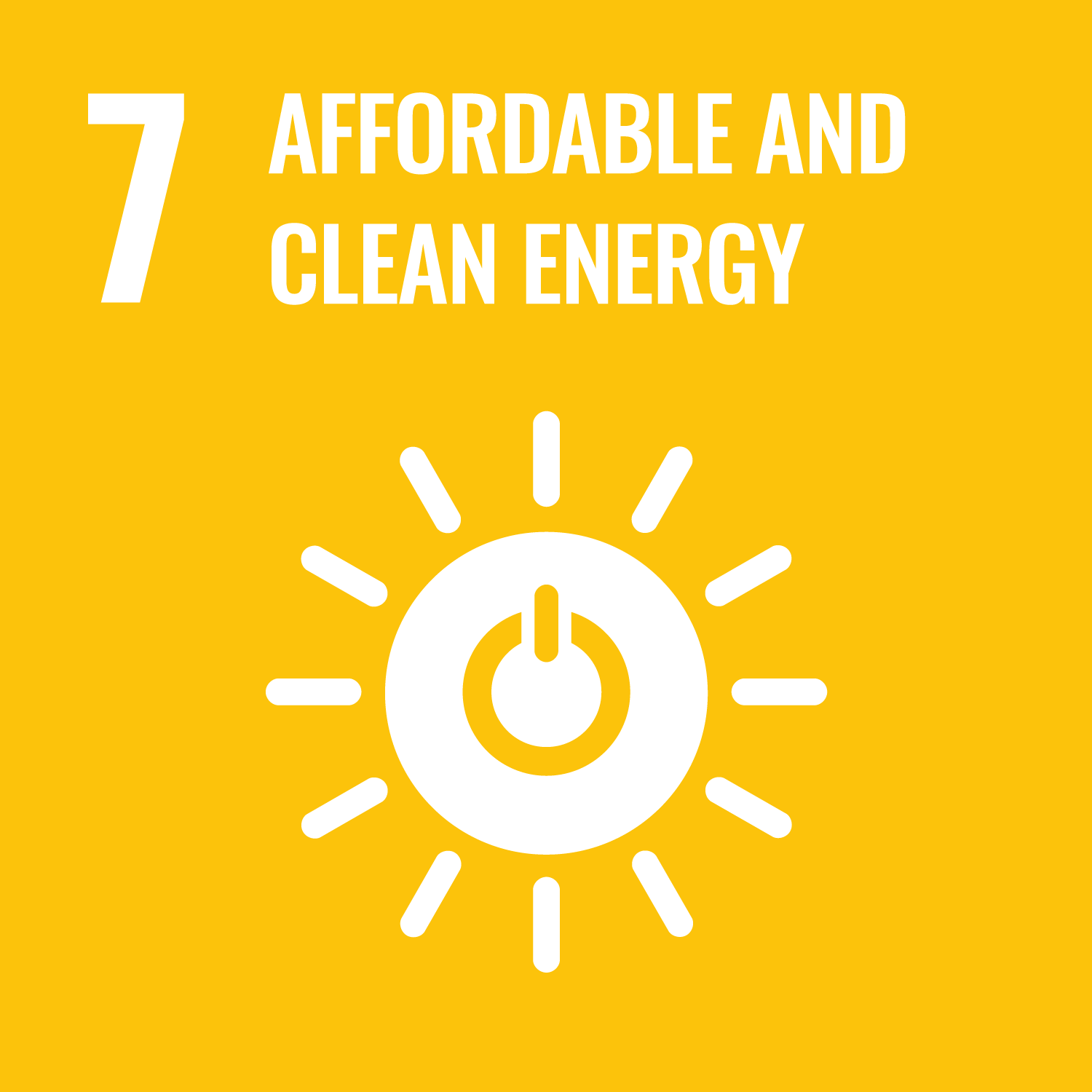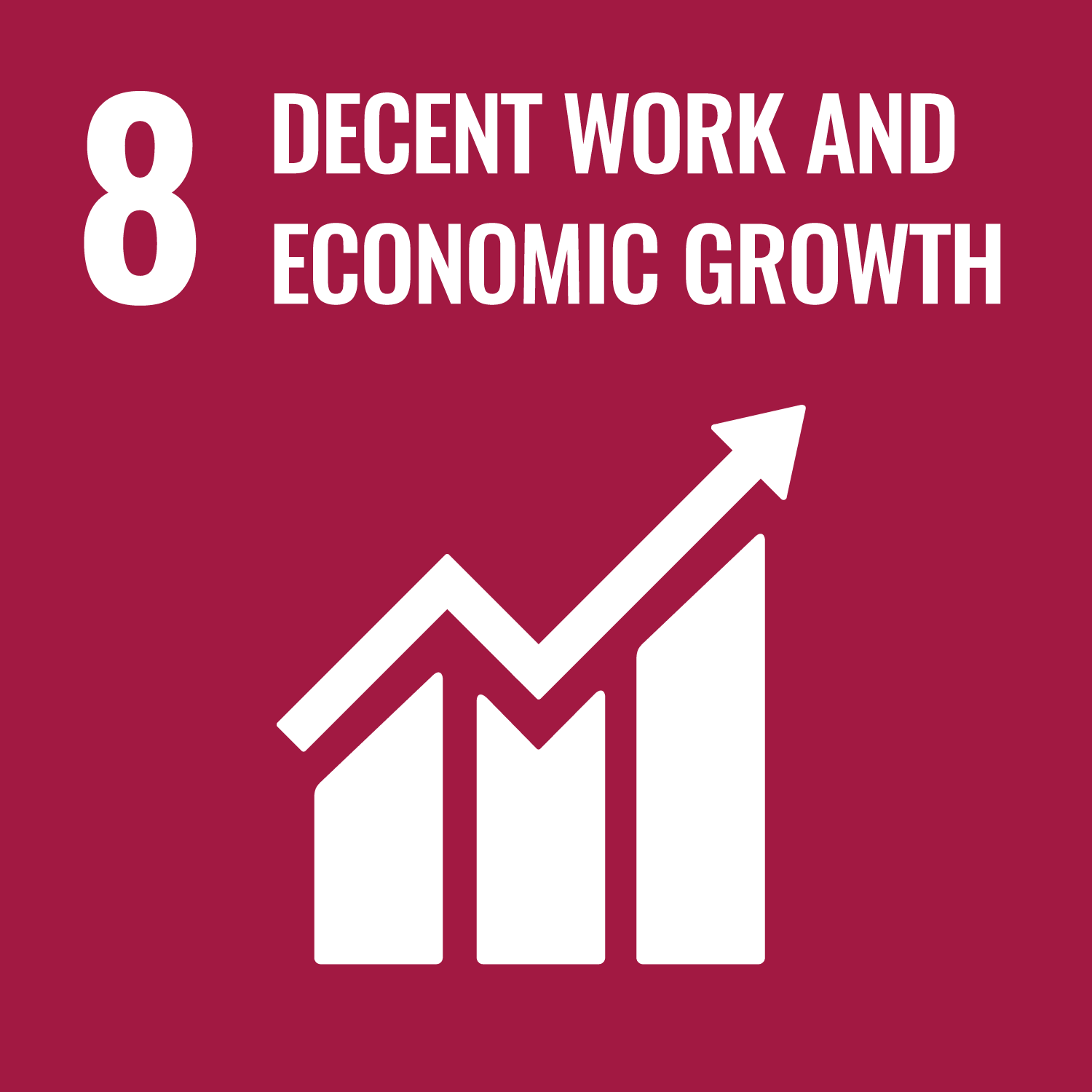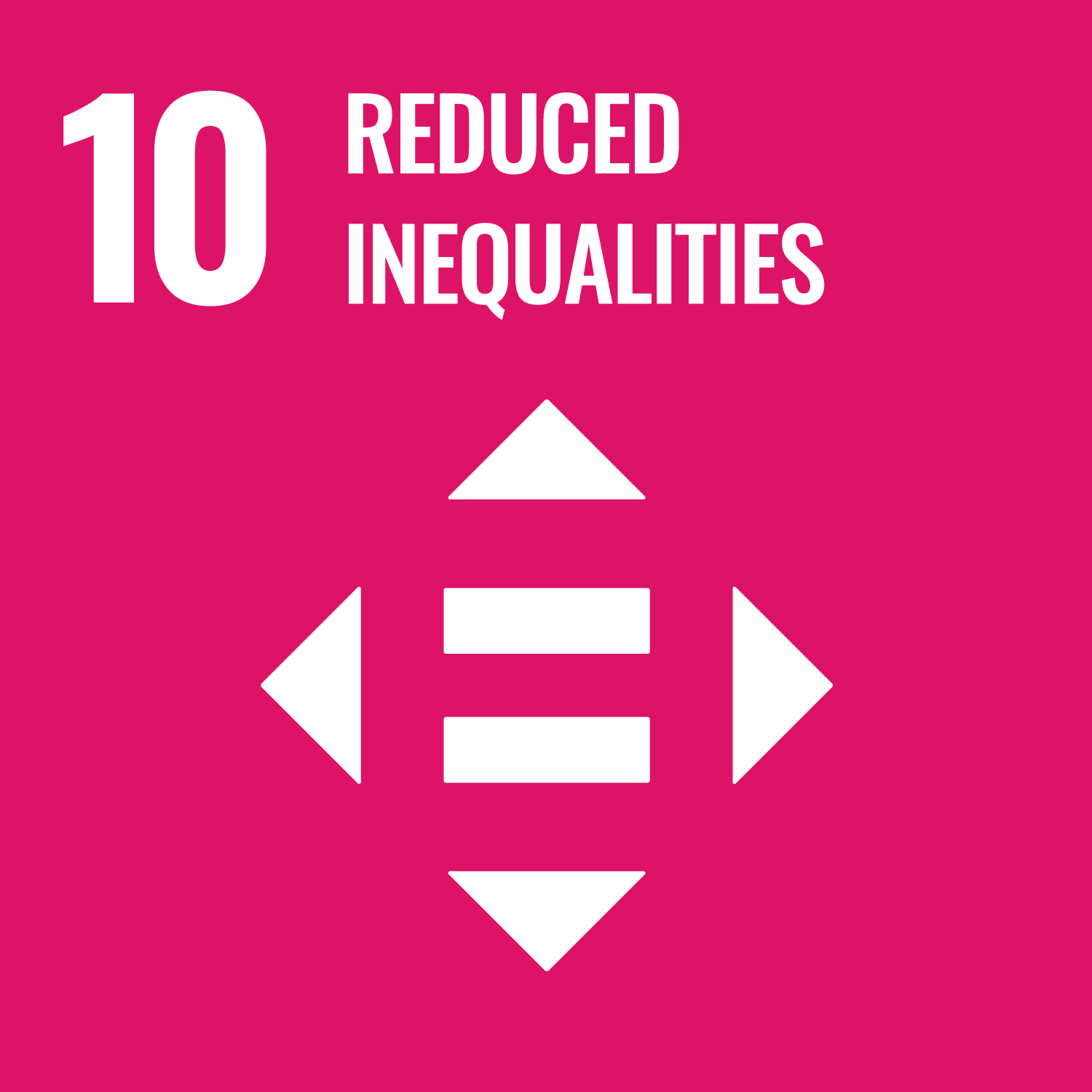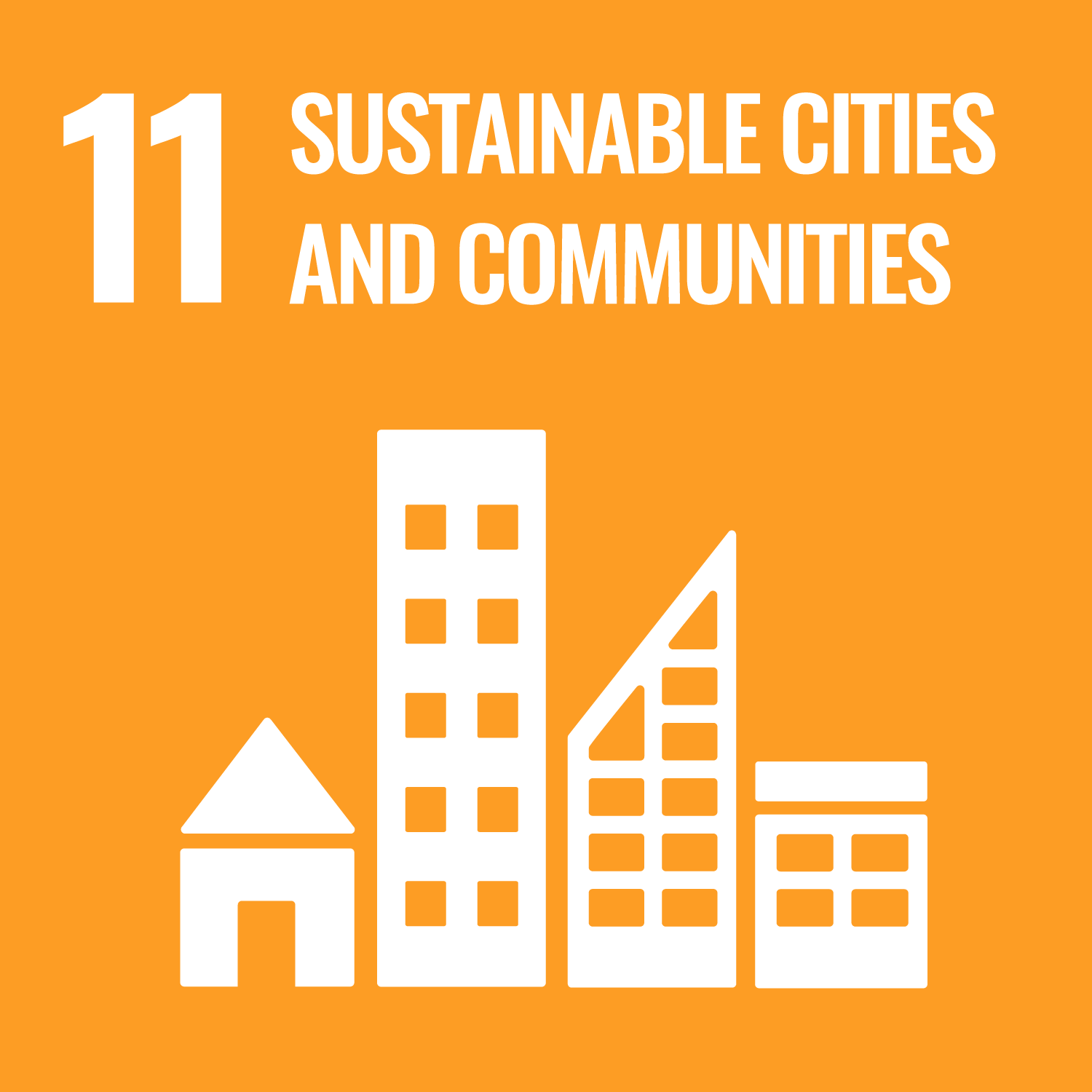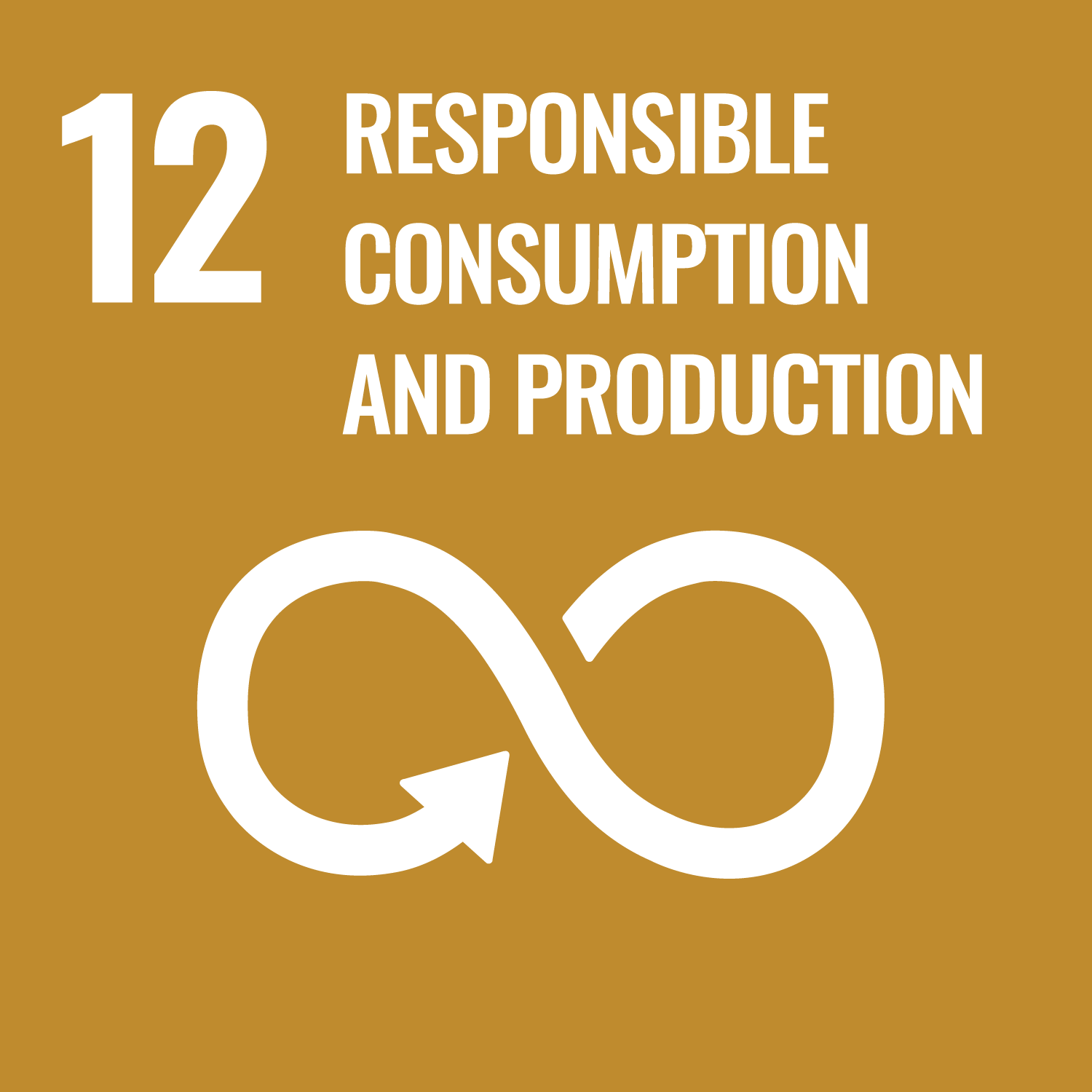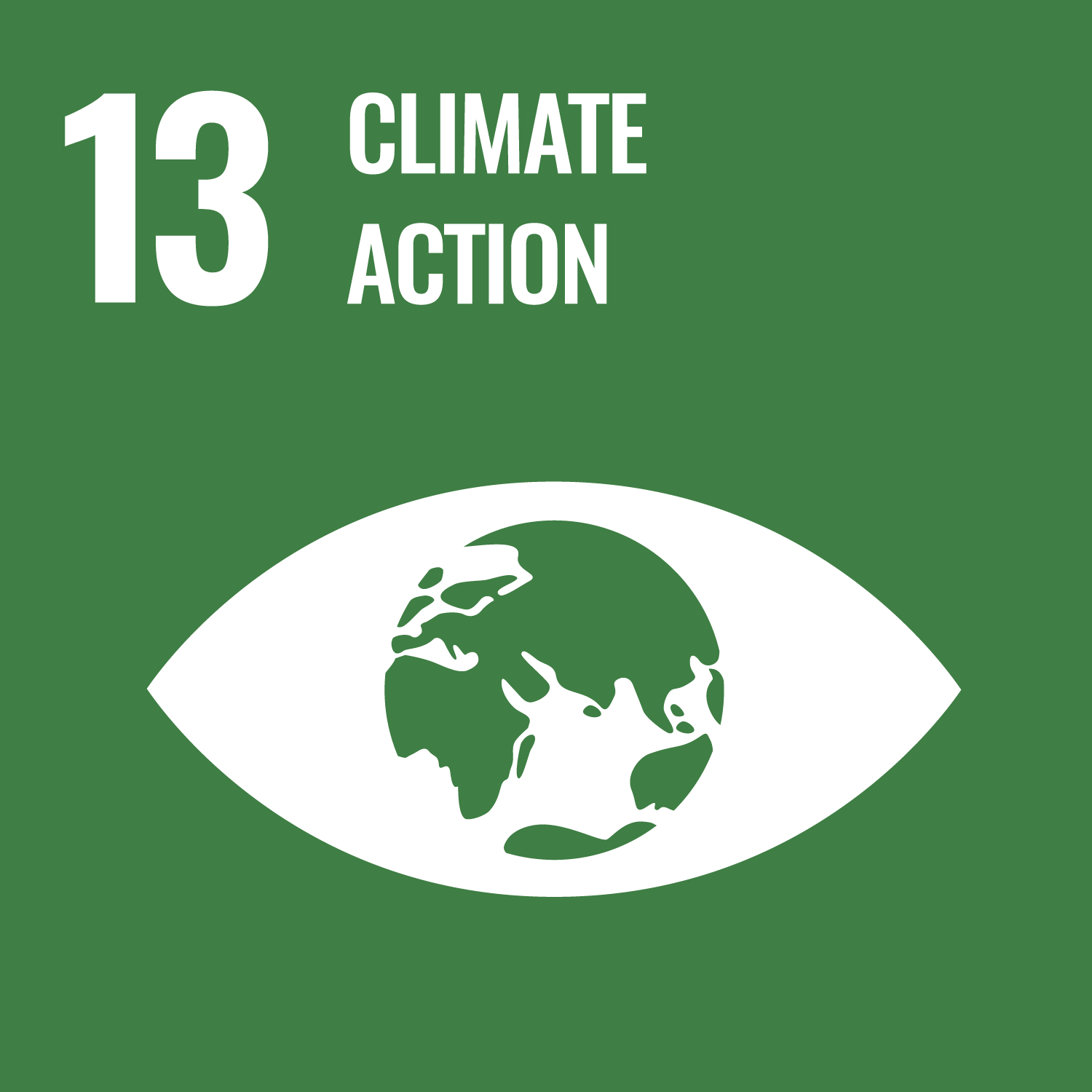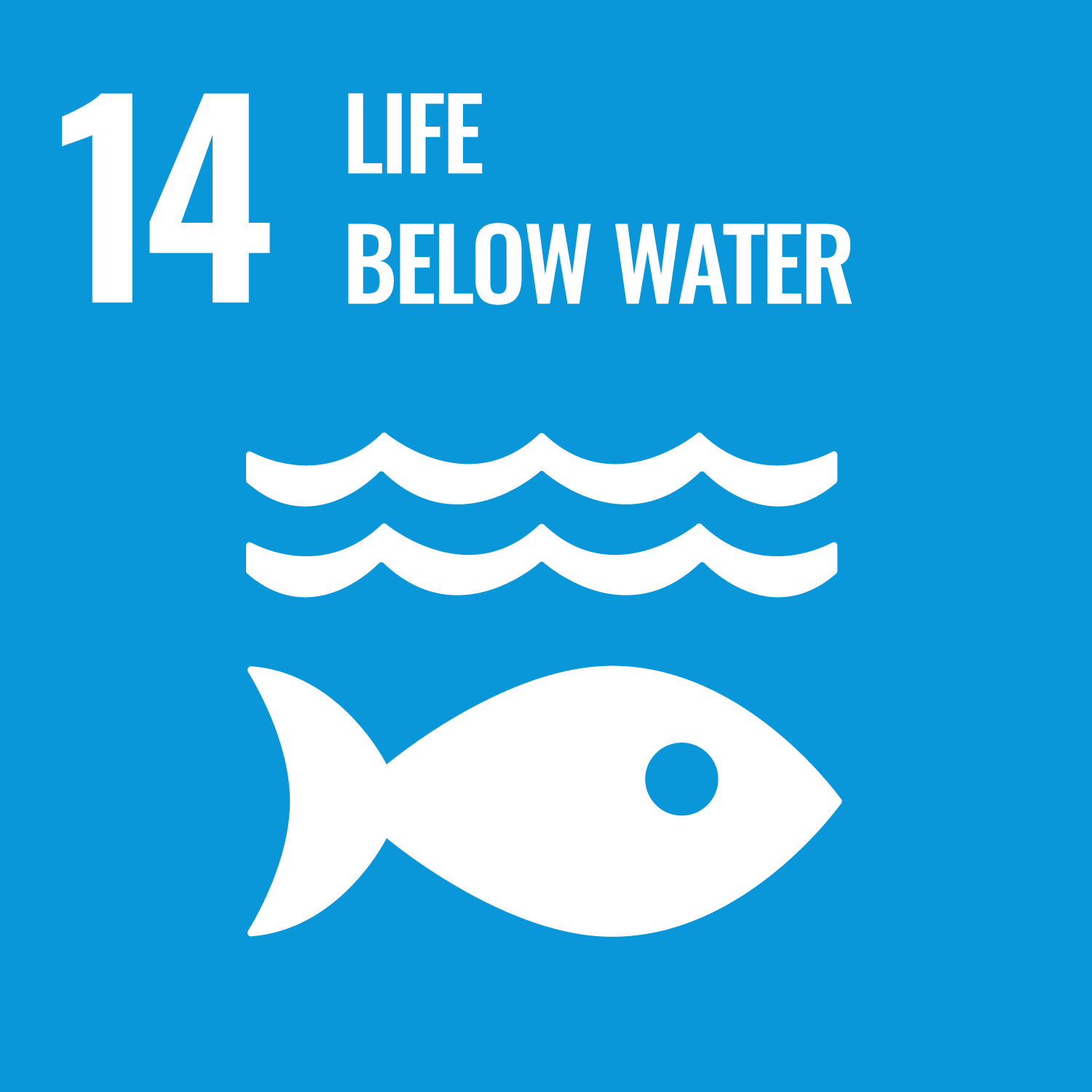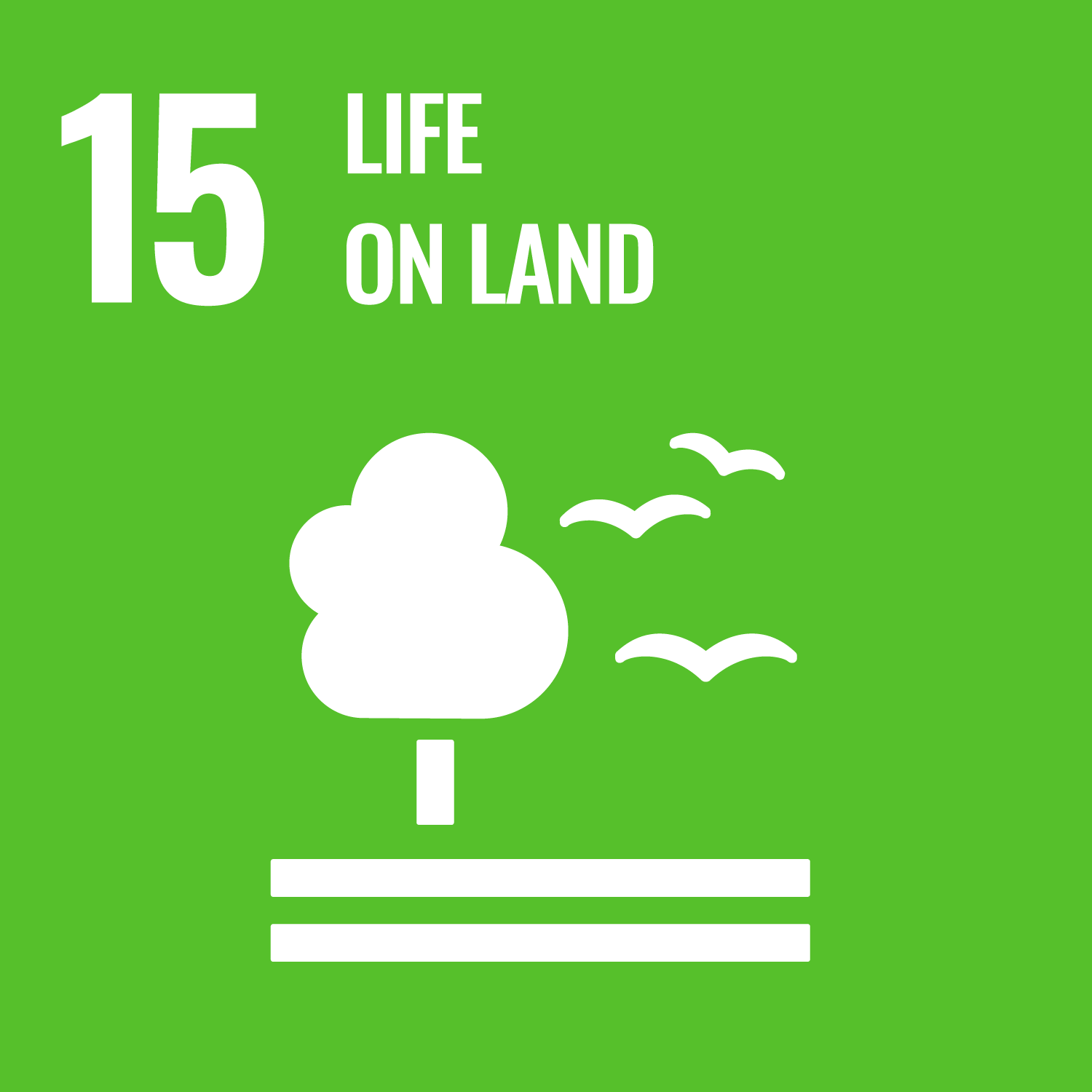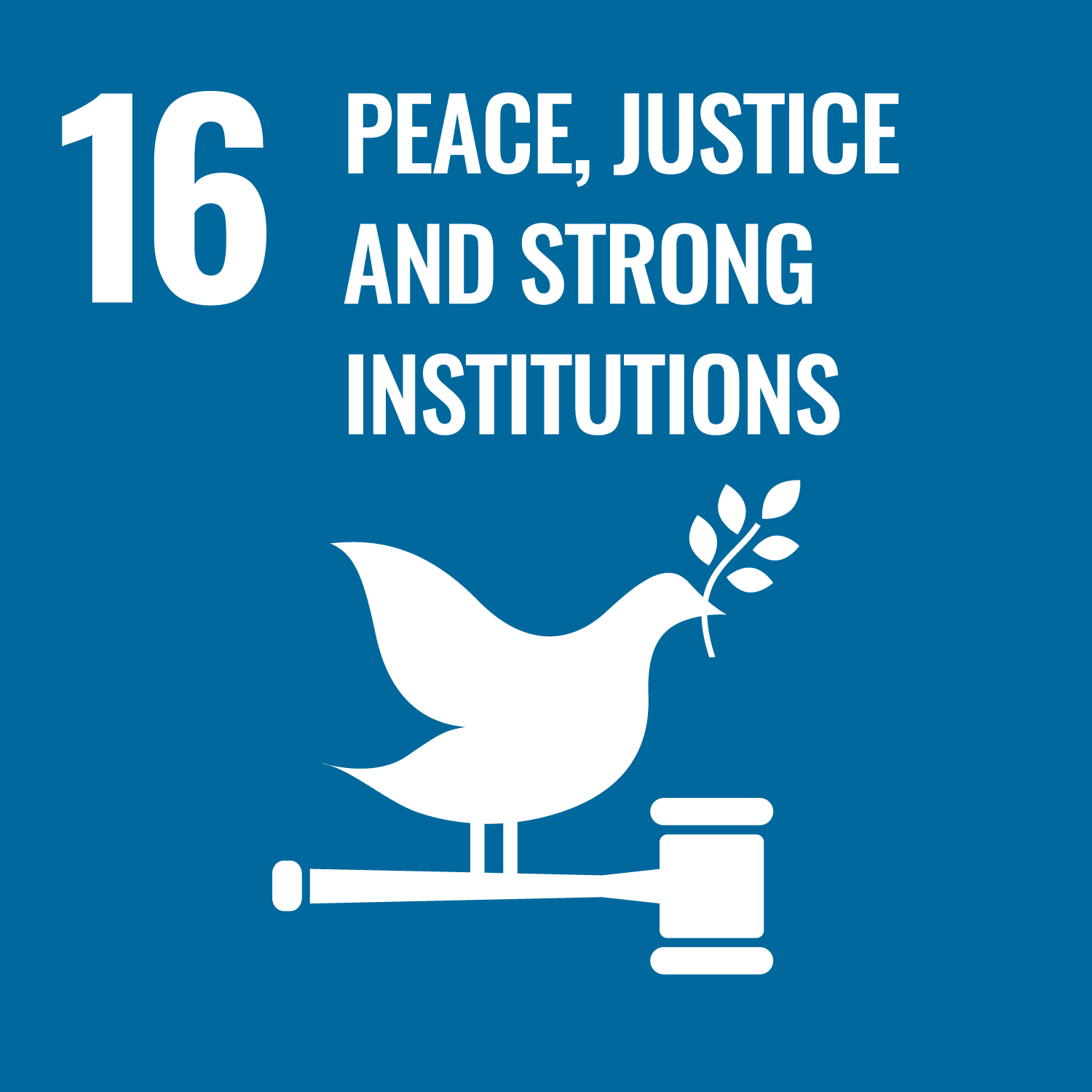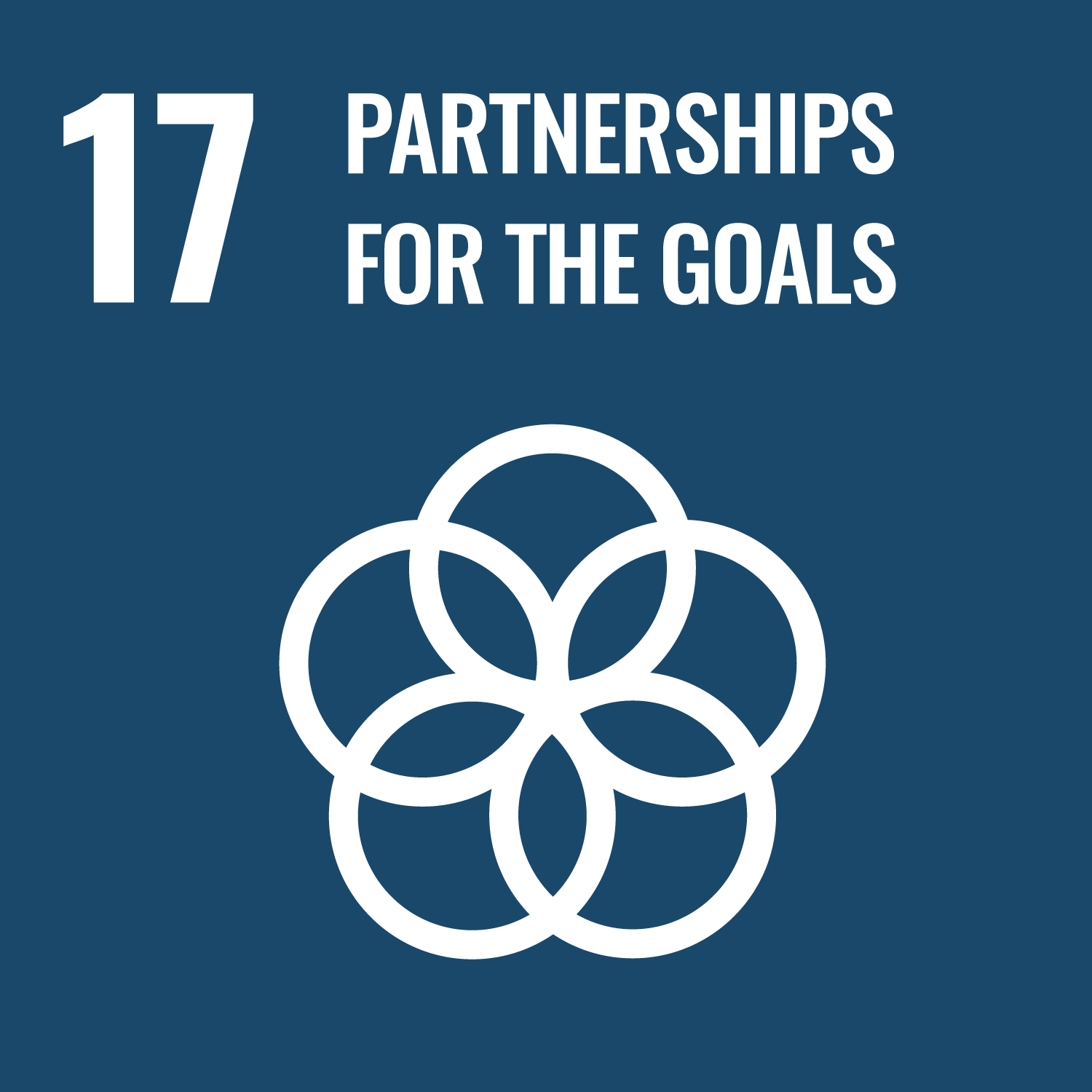Transforming Textile Waste into Resources: The Reverse Resources Initiative
In a world where sustainability is becoming increasingly important, the textile industry faces significant challenges. Reverse Resources is a pioneering project that aims to tackle these challenges head-on. By leveraging technology and innovative practices, this initiative seeks to create a circular economy in the textile sector. The goal is to reduce waste and promote recycling, ultimately contributing to a more sustainable future.
- Digitizes textile waste flows for better tracking and management.
- Connects brands with recycling partners to enhance collaboration.
- Facilitates high-quality textile-to-textile recycling.
- Reduces dependency on virgin materials and fibers.
- Supports global brands in monitoring their waste flows.
The Need for Change in the Textile Industry
The textile industry is one of the most polluting sectors globally. It generates vast amounts of waste, much of which ends up in landfills or is incinerated. This not only harms the environment but also squanders valuable resources. The Reverse Resources project recognizes this urgent need for change. By focusing on textile-to-textile recycling, it aims to create a system where waste is minimized, and materials are reused effectively.
How Reverse Resources Works
At the heart of Reverse Resources is a Software-as-a-Service (SaaS) platform. This platform digitizes and connects various stakeholders in the textile supply chain. It allows brands, manufacturers, recyclers, and waste handlers to collaborate more efficiently. By providing real-time data and insights, the platform enables better decision-making and resource management. This innovative approach is akin to an Uber for textile waste, streamlining the process from waste generation to recycling.
Building a Global Network
Reverse Resources has established a wide network of partners across the globe. With over 18 global brands and numerous manufacturers and recyclers involved, the initiative is making significant strides. This collaboration is essential for scaling up textile recycling efforts. By working together, stakeholders can share knowledge, resources, and best practices, ultimately leading to a more sustainable textile industry.
Impact on the Environment
The environmental benefits of the Reverse Resources project are substantial. By facilitating high-quality recycling, the initiative helps reduce the need for virgin materials. This, in turn, lowers carbon emissions and conserves water resources. In 2022 alone, the project helped divert nearly 4,000 tonnes of waste from landfills, resulting in a significant reduction in CO2 emissions. Such achievements highlight the potential of textile-to-textile recycling in combating climate change.
Future Goals and Aspirations
Looking ahead, Reverse Resources aims to further expand its reach and impact. The goal is to achieve circularity in the textile industry by 2030. This ambitious target aligns with global sustainability objectives and the United Nations Sustainable Development Goals. By continuing to innovate and collaborate, Reverse Resources is poised to make a lasting difference in the textile sector.
- Goal 12: Responsible Consumption and Production
- Goal 13: Climate Action
- Goal 9: Industry, Innovation, and Infrastructure
- Goal 17: Partnerships for the Goals
- Goal 11: Sustainable Cities and Communities
To learn more about this transformative initiative, visit Reverse Resources.

